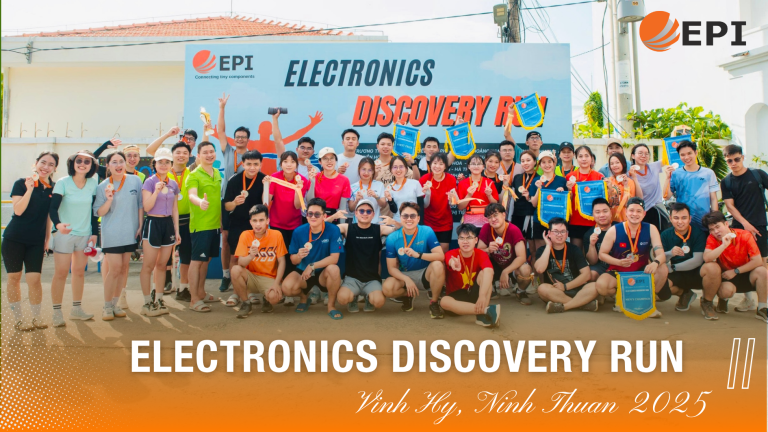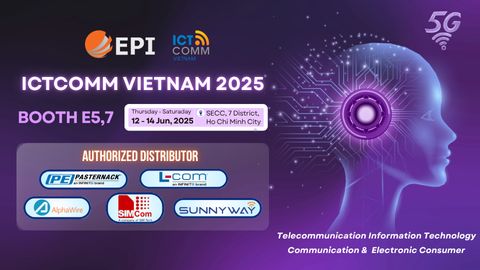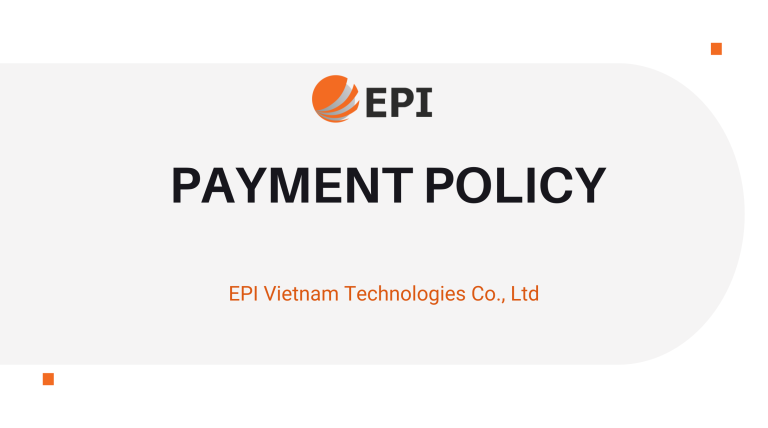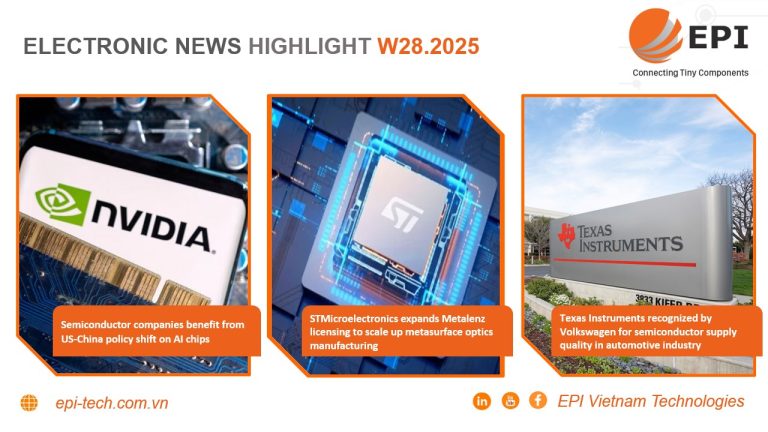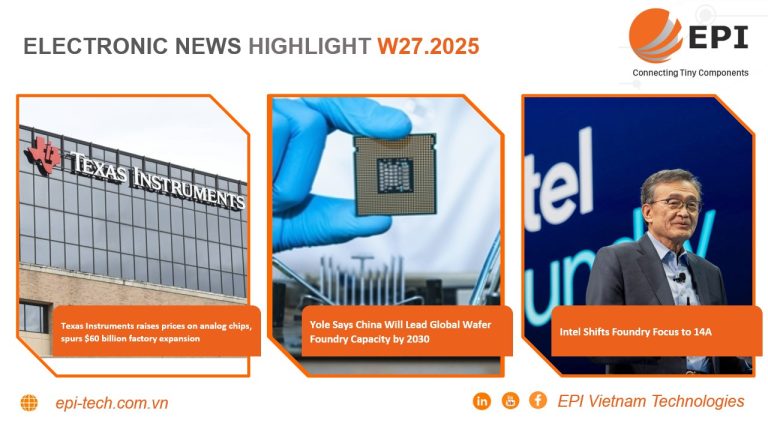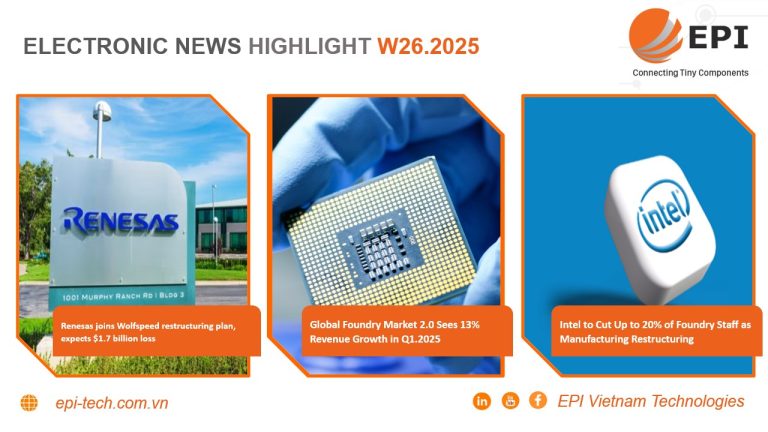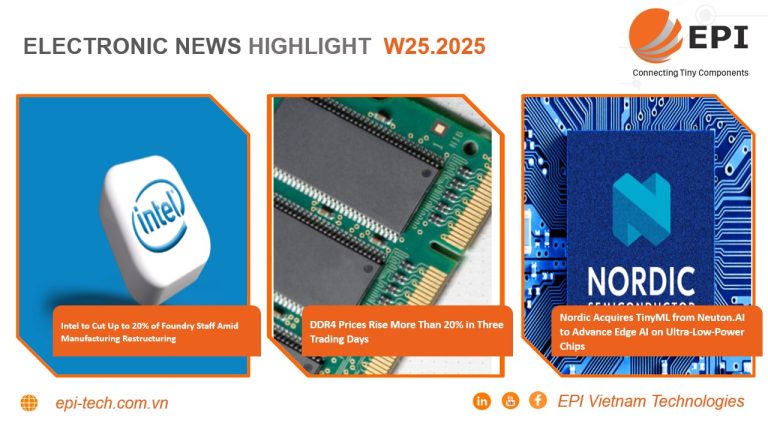ELECTRONICS NEW HIGHLIGHT W23.2025

- TSMC to Price 1.6nm Wafer Process 50% Higher Amid Economic Challenges
According to reports, TSMC is set to price its upcoming 1.6nm (A14) process at up to $45,000 per wafer, a 50% increase over the 3nm price, reflecting the growing costs of advanced semiconductor production.
The wafer prices in the foundry services are driven by factors such as R&D investment, production scale, and specific customer agreements. Long-term partner Apple is expected to secure preferential pricing, while companies like AMD, NVIDIA, Intel, and Qualcomm rely more on order volumes.
Historically, the cost of wafer production has surged with each process shrink – from about $2,000 per wafer in the 90nm technology in 2004 to $10,000 at 7nm, $16,000 at 5nm, and nearly $20,000 at 3nm technology.
TSMC’s 2nm node (N2), expected to go into mass production by late 2025, is projected to be used in Apple’s A20 and M6 chips as well as AMD’s Zen 6 EPYC processors. The upcoming A16 node, expected to debut in 2026, will integrate nanosheet transistors, back-power supply, and ultrathin rails, offering an 8-10% performance boost, 15-20% lower power consumption, and a 10% higher transistor density compared to N2P.
Looking further ahead, the A14 node will introduce second-generation GAAFET transistors and the new NanoFlex Pro standard cell architecture. It is expected to deliver 10-15% higher performance, 25-30% lower power consumption, and a 23% increase in density over N2. Mass production is expected to begin in early 2028, and costs are projected to rise accordingly.
Learn more: TSMC to Price 1.6nm Wafer Process 50% Higher Amid Economic Challenges
2. Global Semiconductor Market to Reach $700.9 Billion by 2025, Driven by AI and Memory Growth
The global semiconductor market is projected to grow by 11.2% in 2025, reaching $700.9 billion, according to the latest forecast released by the World Semiconductor Trade Statistics (WSTS). This growth is primarily driven by continued momentum in logic and memory segments, fueled by increasing demand from artificial intelligence, cloud infrastructure, and advanced consumer electronics.
WSTS notes that both logic products and memory are expected to see strong double-digit growth. Other segments, such as sensors and analog devices, will also contribute to the overall market expansion, albeit at a more moderate pace.
However, not all segments are expected to grow. Discrete semiconductors, optoelectronics, and microcircuits are forecasted to experience slight declines, mainly due to ongoing geopolitical tensions and economic challenges that are disrupting supply chains and reducing demand in specific applications.
Regionally, the Americas and Asia-Pacific are expected to lead global growth, with projected increases of 18% and 9.8%, respectively. Europe and Japan are expected to see more modest growth.
Looking ahead to 2026, WSTS forecasts that the global semiconductor market will increase by an additional 8.5%, reaching $760.7 billion. Memory will remain the key growth driver, with logic and analog components also contributing. All major regions are expected to expand, with the Americas and Asia-Pacific continuing to drive growth, while Europe and Japan solidify their positions.
Learn more: Global Semiconductor Market to Reach $700.9 Billion by 2025, Driven by AI and Memory Growth
3. TDK Accelerates Rollout of Next-Generation Silicon Anode Batteries
TDK Corp is accelerating the commercial launch of its next-generation silicon anode batteries, driven by strong demand from smartphone manufacturers and progress that exceeds expectations.
Silicon anode batteries offer significantly higher energy density compared to conventional lithium-ion batteries. While still a small part of TDK’s business, they represent a significant advancement in smartphone battery technology. CEO Noboru Saito stated that the company initially planned to begin shipping the third-generation batteries this summer but is now set to begin shipments “much earlier.”
TDK is also targeting the introduction of its fourth-generation battery sometime in 2026, with the goal of further improving performance and efficiency. In April 2025, the company announced that more than half of its capital expenditure over the next three years will be allocated to the energy sector, including battery development, underscoring the company’s strategic focus on critical downstream semiconductor applications.
Learn more: TDK Accelerates Rollout of Next-Generation Silicon Anode Batteries
#ASEAN #AsiaPacific #distributor #Global #electronicdistributor #PCBA



 English
English  Tiếng Việt
Tiếng Việt 





